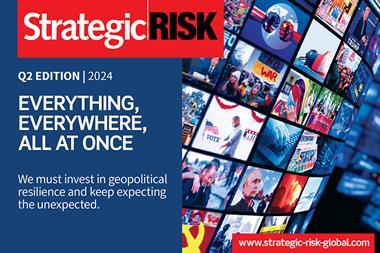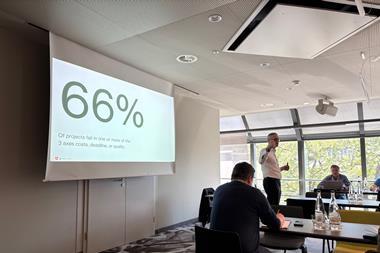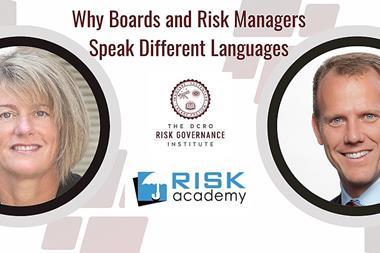When approaching last year’s renewals, a single factor helped us shortlist brokers: data
In 2021, our risk team implemented a quantitative risk-based approach to insurance renewals which resulted in reducing the cost of insurance by 60% and improving the quality of coverage across all insurance lines.
This approach allowed us to save, or rather pay a fair price for insurance across the globe. Key to success was not to rely on market “best practices”, but on testing various hypotheses in the market and instead, relying on data.
Over the last few years the team had worked with dozens of brokers across major corporate insurance lines in CIS, UK, EU, US, South America and Asia, big and small, local and global.
It would be safe to say we heard all the sales speeches, promises and excuses. The biggest takeaway was that most insurance brokers have no idea what their competitive advantage is.
The majority of brokers use the same arguments: many years of placement and claims experience, better policy wording, relationship with the underwriters, up-to-date IT solutions, firm understanding of the nature of risk and ability to prepare a comprehensive insurance submission.
A broker’s main competitive advantage
When buying insurance we quickly discovered none of this mattered. In fact, a single factor made the difference and helped us shortlist brokers – data.
Ironically, most brokers said they didn’t have it (clearly a lie) or if they did, they didn’t know how to clean and use it. And even the ones that claimed to have it and to know how to use it, did the maths wrong, so the conclusions were wrong.
I remember when a global broker built a model for us, estimated the fair value of the policy and came back saying our existing policy was fairly priced. We built own model and couple of months later reduced the cost of that exact insurance policy by $3m.
I was beginning to worry about how disconnected most brokers were from quantitative risk analysis and how little effort they were putting into upskilling their team. Doing the same as last year and offering the cheapest market offer is just not good enough.
Removing the guesswork
We were looking for brokers who could help us take the guesswork out of the equation by bringing us the data, even if they couldn’t help with the actual modelling.
As of today, we managed to find just a few intermediaries that were able to speak our language. Namely, they could address the following:
- What markets generally exist for our type of insurance? We need to understand the population of the markets because we always divide the markets between brokers (in rare exceptions, we launch one broker into the market).
- Who are your friendly underwriters? The broker should have established contacts with underwriters, the broker’s unique wording of the insurance contract for various types of insurance and the availability of loss statistics with deep detail are also important. We only refer brokers to their specific “insurance friends”. The answer that the broker communicates equally well with all markets is not true and does not help much.
- What ’hooks’ each of your underwriting friends? We are trying to figure out what emotional and practical trigger points hooks specific underwriters, and how they ultimately ’price’ our risk. What formulas are used or what latest news from the market they are currently interested in.
- Show us the industry loss data. At this stage, we usually lost 90% of brokers invited to tender.
- How is the brokerage (percentage or fee) calculated and whether they are ready to work on our terms?
We used these questions to shortlist two or three brokers and divide the markets between them. We would never go to market with a single broker and would also prefer local niche brokers to global players.
As it turns out, good brokers all had three things in common: they know specific underwriters and have strong relationships with them; they have statistics in a format that is convenient for us to model, and they have policy wording that we are comfortable with.
Once we shortlisted a couple of brokers we would start working on the insurance submission. We soon discovered that we had to write all the submissions ourselves, and certainly not because we wanted to.
Our standard submission is 40-60 pages of analytics with quantitative risk assessment and answers to the key underwriters’ questions. I know what you are thinking, underwriters would never read that. Well, first of all shame on them, and second we saved $13m last year by doing it this way.
Alex Sidorenko is head of operational, investment risk and insurance at EuroChem and founder of Risk-Academy




















No comments yet